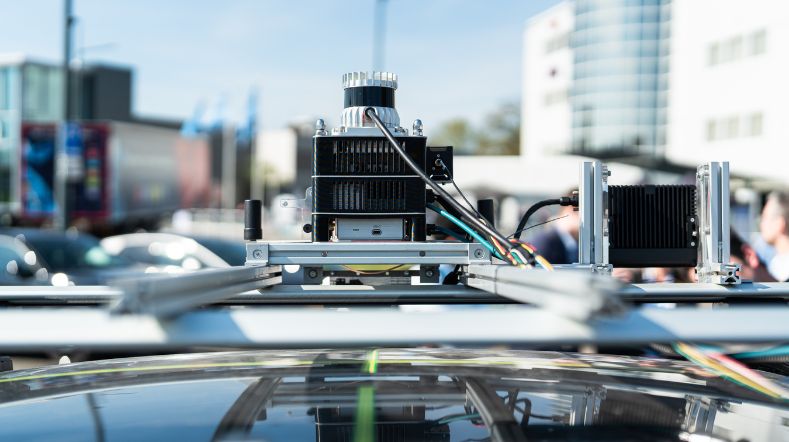
Urban strategy: Local digital twins for sustainable mobility and liveable cities
The global trend of urbanisation is likely to continue, with the world's urban population projected to grow from 54.5% in 2014 to approximately 70% in 2050. Due to this trend, the pressure on public space is increasing. It is a challenge for cities to plan different activities such as living, recreation, mobility, leisure, retail and production and meet societal goals at the same time. How do we provide an attractive and healthy living environment and sustainable, safe and accessible transportation for all?
Update January 2025
TNO has launched spin-off company Scenexus, specialised in urban planning software. Scenexus offers cities and urban planners a cutting-edge Software-as-a-Service solution that generates accurate multi-faceted insights into urgent challenges and developments in urban areas.
Digitalisation, electrification and autonomous driving
Meanwhile three important trends are changing urban mobility: digitalisation, electrification and automation.
Mobility-as-a-Service (MaaS)
Digitalisation enables platforms to provide new forms of mobility, such as Mobility-as-a-Service (MaaS). The two primary components of MaaS are (shared) transportation services (the wheels on the ground) and MaaS platforms (the apps which integrate finding, booking and payment services) which allow interoperability and easy use of multiple transportation modes and services. MaaS is thus part of the transition from mobility as a commodity (ownership of vehicles) to mobility as a service (access to trips).
Data sharing in mobility is becoming increasingly important. In order for governments to keep a grip on the use of public space, insight into this data exchange is needed. Well-formed public/private sector collaborations may eventually prove to be the most effective strategy and can help to steer towards societal goals.
Automation of vehicles and connected mobility will alter the role (and responsibility) of the driver. The most committed companies in the industry are targeting several different primary use cases including ride-hailing, also referred to as robotaxis.
Autonomous vehicles
Autonomous vehicles (AVs) may significantly change traveler behaviour and network congestion. Changes in value of travel time could make users accept longer commuting distances, e.g. choose to live in the suburbs or rural areas while working in the city. This will have a potential impact on land use and property values.
Electric driving
Electrification of mobility will lower emissions of air pollutants and, at lower speeds, noise and the cost structure of mobility. These trends, and especially the combination of all three, will affect the mobility proposition and therefore the way people move around in the city. If managed well these trends could lead to less car ownership, less car trips and therefore less use of space, cleaner air and a better living environment.
Urban Policy
Without regulation, however, these new technologies will lead to increased car usage, congestion and use of urban space. It is important for decision-makers, particularly those with transport responsibilities, to be aware of these trends and of the challenges posed not only by the electrification of mobility, where pure EVs will have a growing share, but also the challenges posed by autonomous vehicles and the increase in new forms of mobility, where the vehicle tends to move from individual ownership to a shared service such as carsharing.
Snelder et al. (2022) recommend decision makers to focus on all travel modes including cycling and public transport and to invest in automation, connectivity, sharing, and electrification and to create a multimodal vision on future mobility systems along with quadruple helix stakeholder engagement will be needed to decide where and when to invest in different solutions. Local Digital Twins, or Digital City Twins, gain growing popularity and are applied more and more in the urban context.
Ketzler et al (2020) described examples of how digital twins for cities are implemented in a global perspective. Most severe challenges found by Lei et al (2023) are related to interoperability and practical value. TNO being the organisation for applied scientific research, has the role to make science applicable for business and society. In order to help cities and local stakeholders to make Local Digital Twins applicable to overcome urban challenges, TNO has developed Urban Strategy.
Urban Strategy, predicitive digital twins
Urban Strategy technology allows cities, knowledge institutes (e.g. Universities) and private stakeholders to build interactive, integral and predictive digital twins of cities. By describing the technology outline of Urban Strategy, this articles provides insight in how to overcome challenges related to interoperability between silos. Examples of applications demonstrate the added value of Local Digital Twins beyond the phase of the Proof-of-Concepts. The article concludes with a selection of future developments, to contribute to sustainable mobility and to improve livability in cities. Current models of the Urban strategy tool cover:
- Transportation demand: the number of trips per mode, based upon activities per traffic zone.
- Multi Modal assignment to the transportation networks, including road traffic, public transport, cycling and shared mobility.
- Air quality emissions and concentrations, based upon road traffic characteristics, fleet composition, local topology, meteorology, background concentrations and other sources.
- Noise emissions, propagation and impact, based upon traffic characteristics, topology (shielding objects), road surface types, locations of dwellings.
- Energy usage of mobility: expected electricity demand, including public transport, impact on the power grid (grid congestion), impact of local renewable sources.
Urban Strategy in cities
Urban Strategy already supports cities such as Delhi, Amsterdam, Singapore and the island of Curacao.
Delhi
With the combination of newly observed freight, fleet and trip characteristics, as well as socioeconomic and land-use data, a four stage model was implemented using Urban Strategy. The model was applied to evaluate several transport policies, such as freight hubs and entry restrictions.
Singapore
LTA will electrify half of the bus fleet by 2030 and achieve a 100% cleaner energy bus fleet by 2040. Electric buses have been identified as one of the earlier adopters in the electro-mobility space in Singapore due to their potential for emissions savings (CO2, NOx, PM). In order to support LTA in the optimisation of this transition, a Digital Twin of the (electric) bus system was developed using Urban Strategy, providing insight in the trade-offs between different solutions, technologies and operating strategies.
Curacao
The Digital Twin Curaçao helps to make a good assessment based on different scenarios between different policy choices regarding the electrification of transportation, starting with e-busses and the generation of sustainable energy, starting with EV panels.
Read the full article in Smart City Global Journal 2023 p.174-194 (including references).
Get inspired
How is YER award winner Chris van der Ploeg doing?
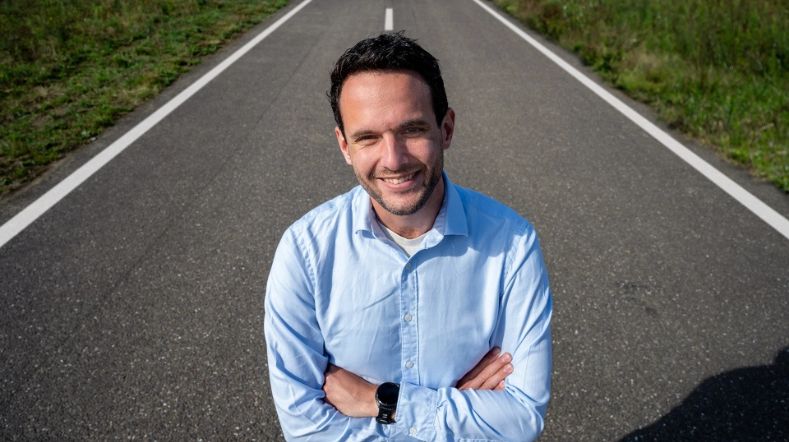

TNO launches Motion Comfort Institute for automated vehicle era
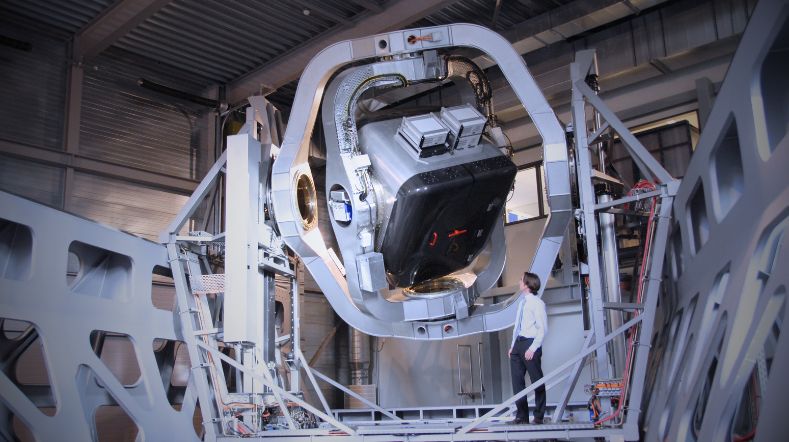

Smarter and faster construction: TNO helps Eindhoven Metropolitan Region with historic leap of scale
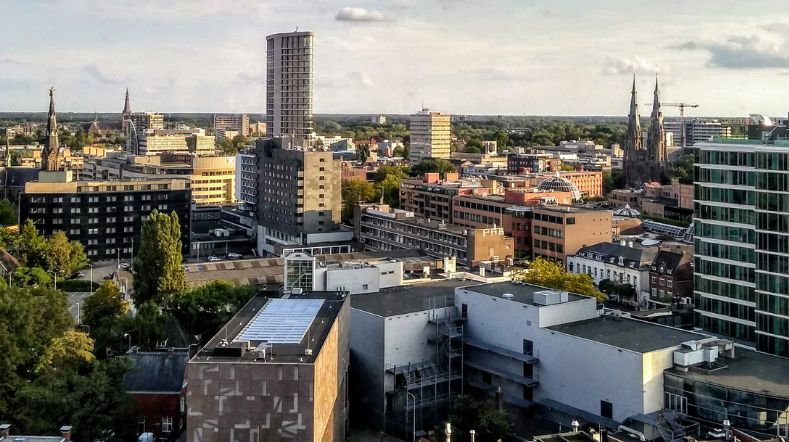

Releasing autonomous software faster with DeepScenario and TNO’s StreetWise
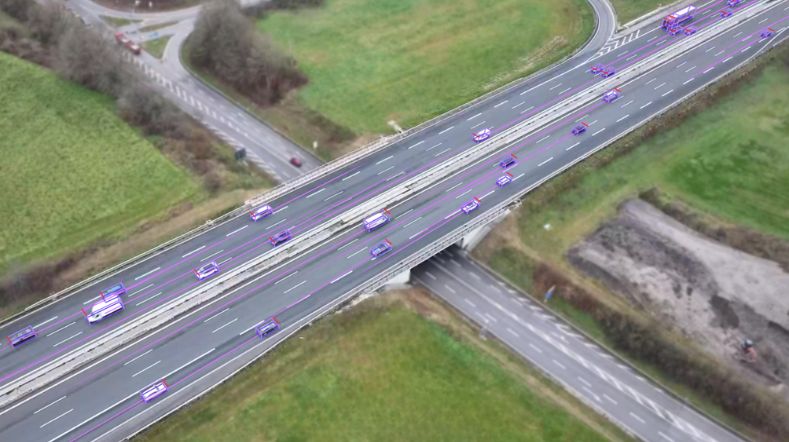

MARQ opens its doors: a place to collaborate on the mobility of the future
